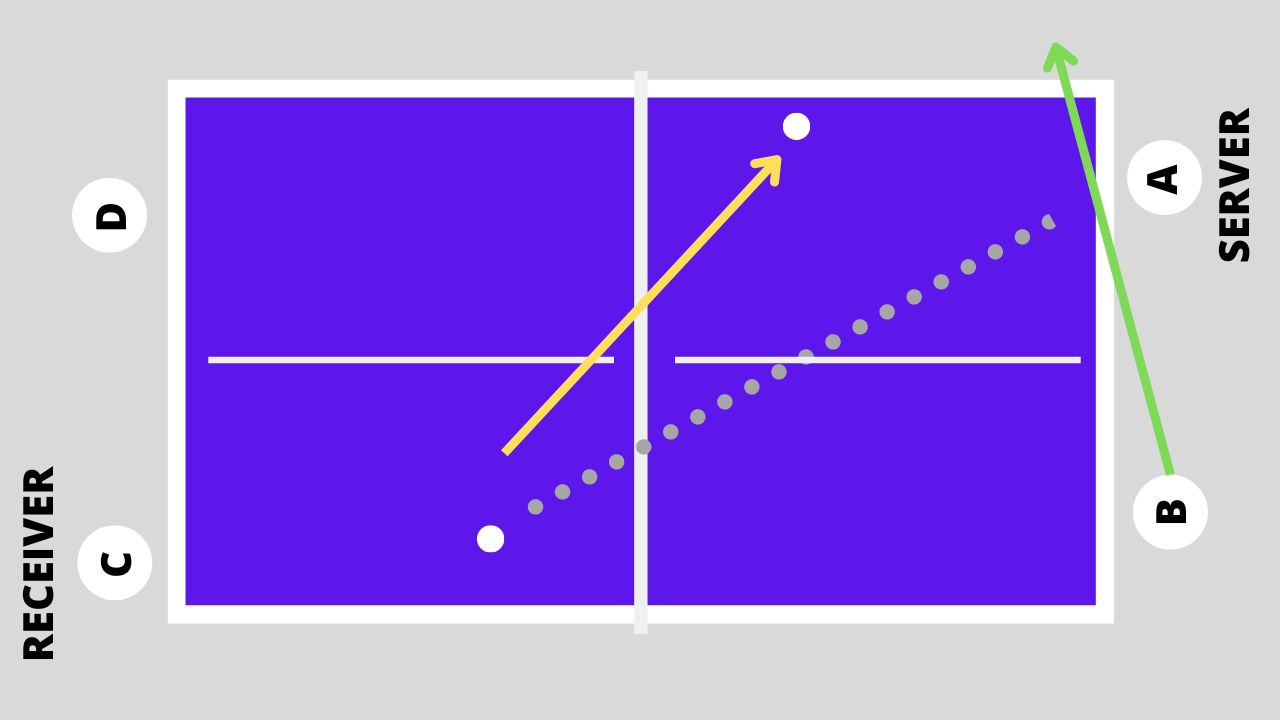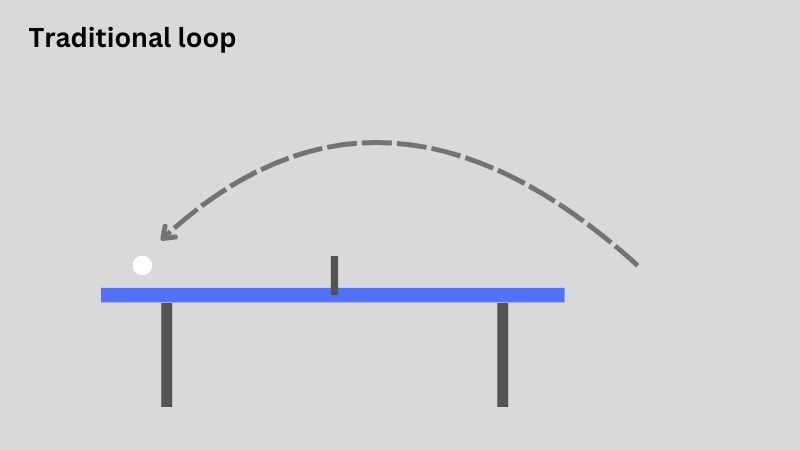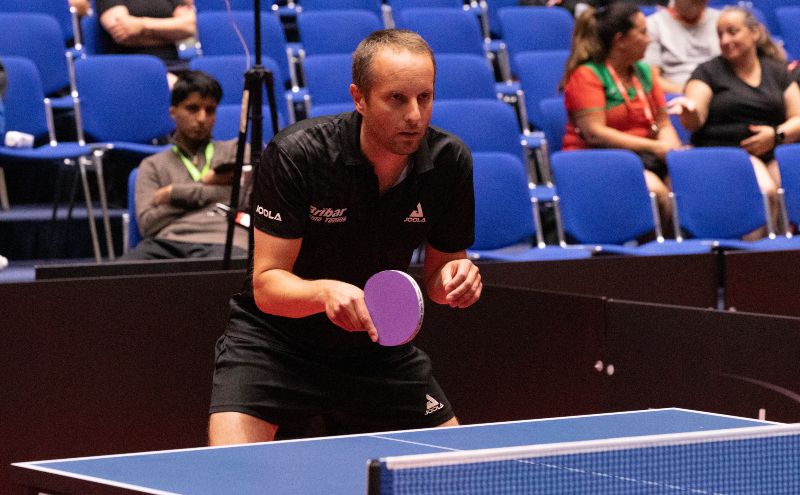In the dynamic world of table tennis doubles, the ability to execute effective serving and receiving tactics can make all the difference. One simple yet powerful technique to consider is the wide angle return on the serve.
The key to this tactic lies in aiming your receive shot very wide on the side the server has just served from. This strategic placement forces the opposing team to scramble, as the wide ball becomes difficult for the partner (player B) to reach. If the server (player A) doesn’t move quickly enough, they may end up blocking their partner from the ball. Alternatively, if player B is slow or lacks mobility, they’ll struggle to get to the wide return, potentially leaving you with a clean winner.
Compared to aiming deep or into the corner, the wide angle approach often proves more effective. The reduced distance for player B to travel makes the wide return a more challenging proposition.
When executing this tactic, you can choose to receive with either your forehand or backhand. Many players prefer the backhand, as it allows them to stand slightly to the right and give their partner ample space for the next shot. Additionally, the backhand flick can be a useful weapon against shorter serves. However, if the forehand is your stronger side, then that may be the better option.
The ideal serve for this wide angle return is one that is a bit wide and short. This provides the perfect angle to send the ball back extremely wide. Even if the serve is more central but still short or half-long, you can often still successfully implement this tactic by coming around the side of the table with your backhand.
Mastering the wide angle return can create considerable problems for your opponents. Once they start anticipating this shot, you can mix things up by returning into the opposite corner instead. This forces player B to cover both the wide angle and the corner, an incredibly demanding task.
Incorporating pace into your wide angle returns, through techniques like flicks and topspin, can further complicate matters for your opponents, giving them less time to react.
Whether you’re a seasoned doubles player or looking to expand your tactical repertoire, the wide angle return is a simple yet highly effective weapon to have in your arsenal. Experiment with it, and let me know how it works for you!
TennisNews.com
🔗 Source


